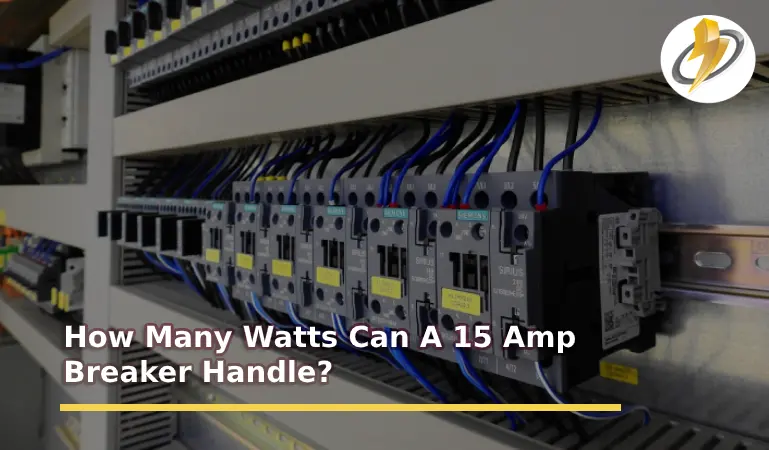GFCI outlets provide a very decent amount of safety that any user would feel the necessity to employ in order to protect his or her electrical appliances. But can you plug a fridge into a GFCI outlet?
Yes, you can plug your fridge into a GFCI outlet if necessary. But it is usually not the best course of action for such an appliance. As there are several factors that might play a role in the circuitry which you have to pay attention to. Otherwise, you may face serious consequences.
I will discuss these factors and provide you with other necessary information that will help you take this decision.
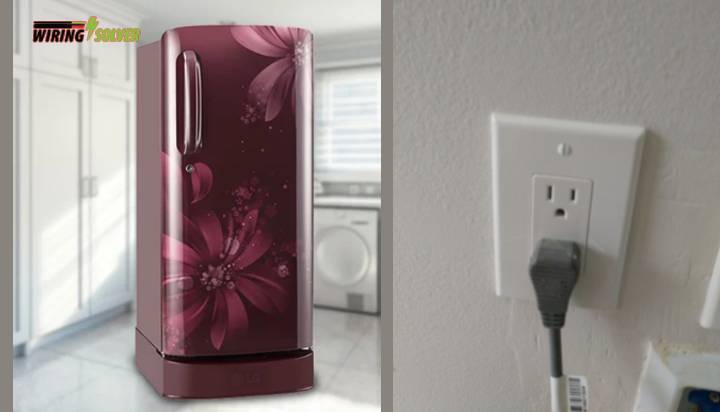
How GFCI Protects Appliances and Users
The basic concept of GFCI is that it detects voltage changes in a circuit, no matter how small it is, and shuts down the circuit by tripping. The current between both the source and the return from the device should be the same.
GFCI is short for Ground Fault Circuit Interrupter. It compares the amount of current traveling to and coming back from equipment along circuit wires.
The GFCI stops the current when the quantity going exceeds the amount returning by around 5 milliamperes. The GFCI is designed to trip rapidly enough to avoid an electrical shock.
But do GFCI breakers replace GFCI outlets? If the breaker is supplying power to the same outlet, then yes, it is possible to use them interchangeably.
If you plug your refrigerator into a GFCI outlet, you can ensure safety regarding any shocking hazards. But you have to ensure it is using a 110-volt or a 120-volt power supply.
Because almost every refrigerator uses 110 to 120-volt plugs. However, in certain areas, the electrical code requires refrigerators to be used on a dedicated circuit.
Plugging a Fridge into a GFCI
You definitely can plug a fridge into a GFCI outlet, if it matches the voltage criteria of your fridge and complies with the electrical code of your area. However, there are some issues to consider.
Can you plug a fridge into a GFCI? Yes, you can. But, should you? Below are a few reasons which you should consider, before making your decision.
Factors to Consider When Plugging a Fridge into a GFCI Outlet
- National Electric Code: The NEC does not actually dictate the use of a GCFI for appliances like a refrigerator. The NEC is specifically concerned about areas or locations, in which the appliance or the outlet can come into contact with water.
- Nuisance Trips: A nuisance trip is an occurrence when the GFCI keeps tripping even though nothing is particularly wrong with the device, outlet, or connection. Due to ground faults, nuisance trips can happen frequently. And if you are too late to notice the tripped GFCI, the food in your fridge can get spoiled.
- Exposure to Water or Liquids: As stated above, any location where an outlet or the connected device has the possibility of coming into exposure to water, demands a GFCI. A GFCI outlet is required if your refrigerator’s receptacle is within six feet of a sink in your kitchen or the bathtub, or if it has been installed in a garage, outside, in boathouses, or any other site where the receptacle is exposed to water.
- Location of Your Fridge: A GFCI outlet may be located in a location that makes it difficult to operate. This will need the use of an extension cord, which might restrict or fluctuate current, resulting in inconvenient travel. Moreover, GFCI in kitchens is required for only countertop appliances. If your fridge is not connected to the countertop outlet, it does not necessitate the use of a GFCI.
- Length of the Circuit: The longer a wire is, the more it creates electrical circumstances which can result in a nuisance trip. A circuit with a length of more than 100 feet has a high chance of producing these experiences. As a result, these circuits should not be used to install a GFCI. Alternatively, you shouldn’t use them with a refrigerator.
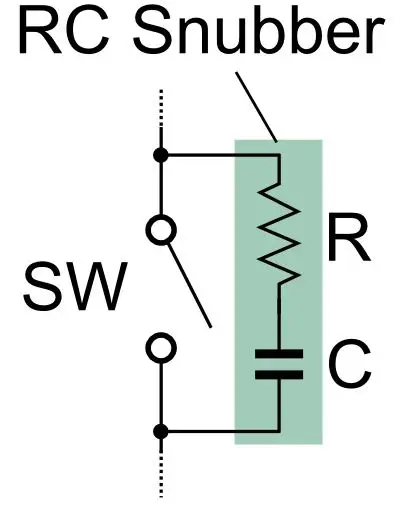
- RC Snubbers: Snubbers are devices that can be used to minimize or completely remove the effects of EMI. Installing one between the refrigerator and the GFCI device might help you save unnecessary journeys. You can either create a snubber yourself using a schematic (Fig 1) if you have the necessary expertise. Or you could buy them online.
These are some of the most typical factors to consider when deciding whether or not to utilize a GFCI in your refrigerator. Because, while it is feasible to plug a refrigerator into a GFCI, this is not always the best option.
How Can a Fridge Make the GFCI Outlet Trip?
The issues may be varied. It could be due to a problem with your fridge, or an issue with the circuit. Based on the issue, sometimes it might be easy to solve, or may need a detailed inspection.
Sometimes the power cord from your fridge can get damaged, and this causes a short circuit to occur.
To check the power cord, simply unplug it and inspect it for any signs of damage, such as worn-out insulation, holes, rodent bite marks, etc.
The next step is to check the prongs on the power plug to see if they are broken, damaged, loose, or rusted. If you find they are damaged, you will need to replace the plug or the whole cord.
Another common cause of GFCI tripping is when the circuit that your fridge is plugged into is overloaded. This is usually caused by multiple appliances being plugged into the same circuit.
To avoid this happening, make sure that your refrigerator has a dedicated circuit, which you can do by plugging your refrigerator into an alternative power outlet and seeing if it still trips.
Also Read: Can You Plug An AC Into An Extension Cord?
Summary
This article should have answered all of your queries regarding the question, “Can you plug a fridge into a GFCI?”. I have also discussed several factors that might affect the circuitry when these two are connected in conjunction.
However, if you see any signs of electrical malfunction, be quick to turn off the connection and conduct a proper diagnosis of the entire circuitry to pinpoint the issue.

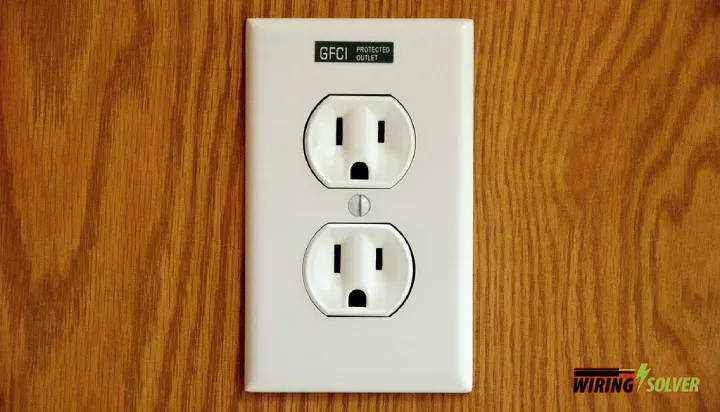
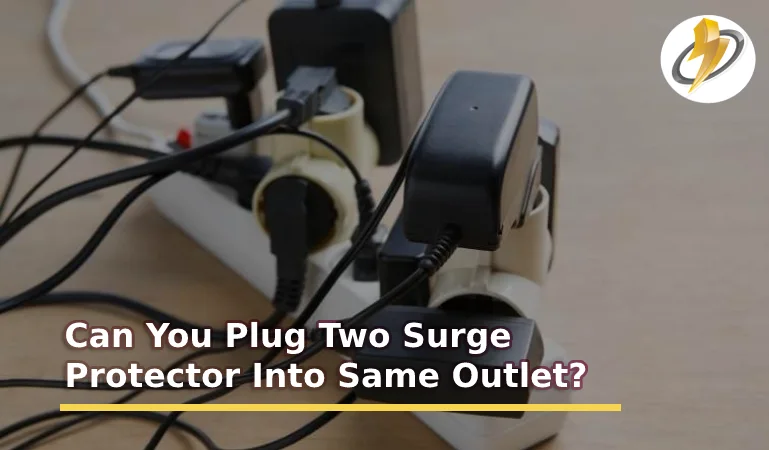
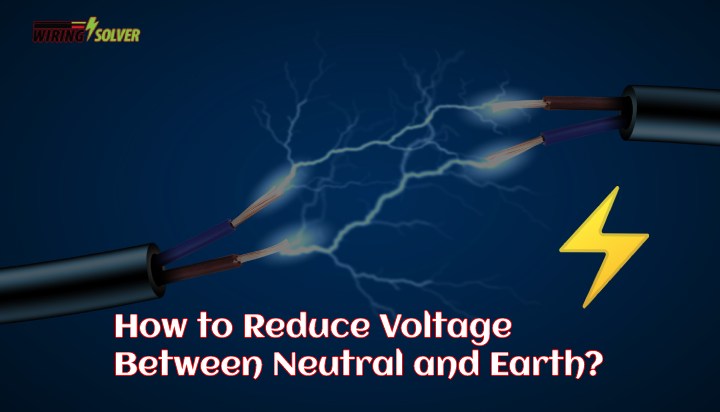
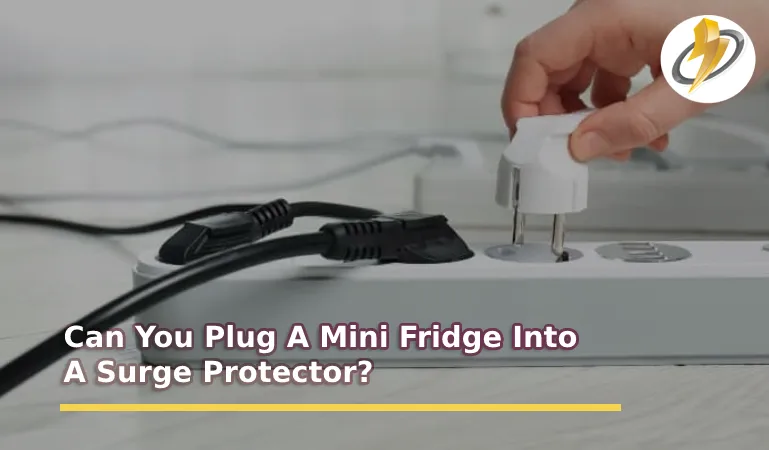
![How To Wire A 2 Pole GFCI Breaker Without Neutral? [Full Guide]](https://wiringsolver.com/wp-content/uploads/2022/05/How-To-Wire-A-2-Pole-GFCI-Breaker-Without-Neutral.jpeg)
